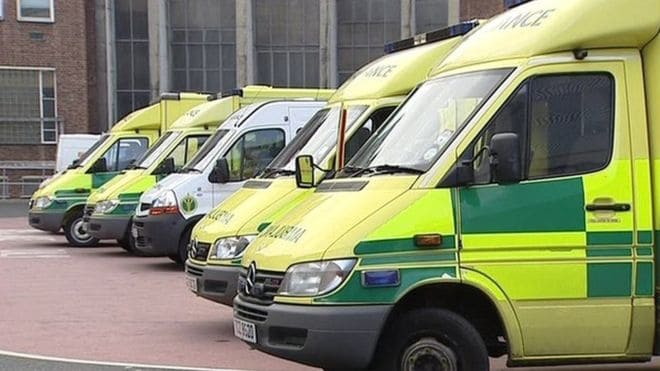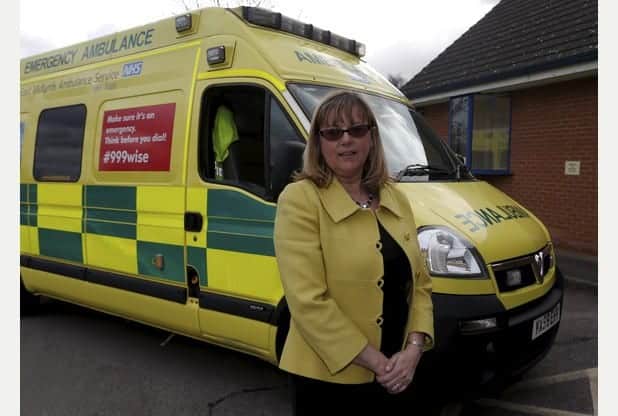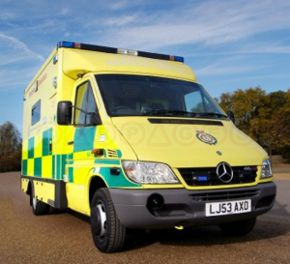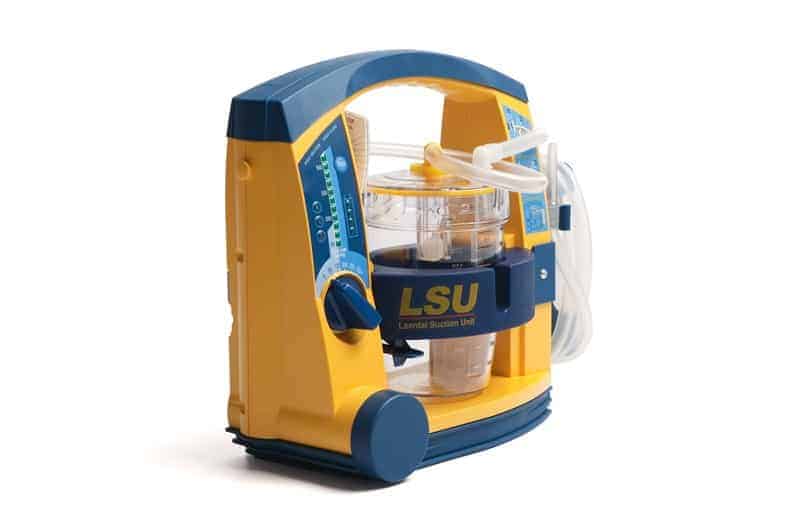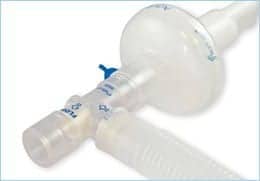
AMBULANCES in Wiltshire are failing to reach a third of critically ill emergency patients on time.
Figures from South West Ambulance Service Trust (SWAST) show response times in Wiltshire are among the worst in the region.
Of the 12 areas covered by SWAST, only South Gloucestershire was worse at reaching Red 1 calls, such as heart attacks, within eight minutes.
In 2014/15, ambulances in Wiltshire only reached two thirds (66 per cent) of such cases within this target.
Although this was up from just 59 per cent the year before, it was still “very disappointing” according to the trust’s own assessment. It aims to reach three quarters of patients within the eight minutes.
The average for the region was much higher, at just under 75 per cent.
Meanwhile, Dorset ambulances hit their Red 1 targets 84 per cent of the time.
For Red 2 calls, like strokes, Wiltshire was the worst performing area in the region for the second year running, reaching only 62 per cent within eight minutes. The average for the region was 71 per cent.
And for Red 19 calls (when patients need a fully equipped ambulance rather than an ambulance car) Wiltshire was again the worst performing area in the SWAST region, and the only one below 90 per cent.
In these cases, ambulances must arrive at 95 per cent of cases within 19 minutes.
Paul Birkett-Wendes, head of operations for SWAST’s northern zone (covering Wiltshire, Gloucestershire and Bristol) said the eight-minute targets were far more challenging in rural areas than in urban ones.
And he said response times were just one aspect of the service SWAST delivered, with a huge focus on “clinical outcomes” and the way paramedics treat people at the scene.
Mr Birkett-Wendes said SWAST was the best in the country at treating people at home, less than half its patients are taken to accident and emergency departments.
“It’s much better for patients and much better for the health system,” he said.
“If you are taking everyone to A&E it would cause quite significant problems.”
And he said the targets were strict – “If you are late by one second, you fail. We normally find it’s within about nine minutes or so.”
More demand for ambulances – particularly from the NHS 111 phone line – is “almost outstripping our ability to keep up,” he said.
SWAST has not cut frontline ambulances and has hired more staff, despite a national paramedic shortage.
And it is tackling the response-times problem by increasing the role of community first responders and working more closely with the fire service.
“We are striving to improve on those response times. It is one aspect of what we do, and we are very proud of our clinical record with patients,” said Mr Birkett-Wendes. “It is absolutely one of our prime focus areas.”
Despite these efforts, the response times have worsened in Wiltshire over the past year.


